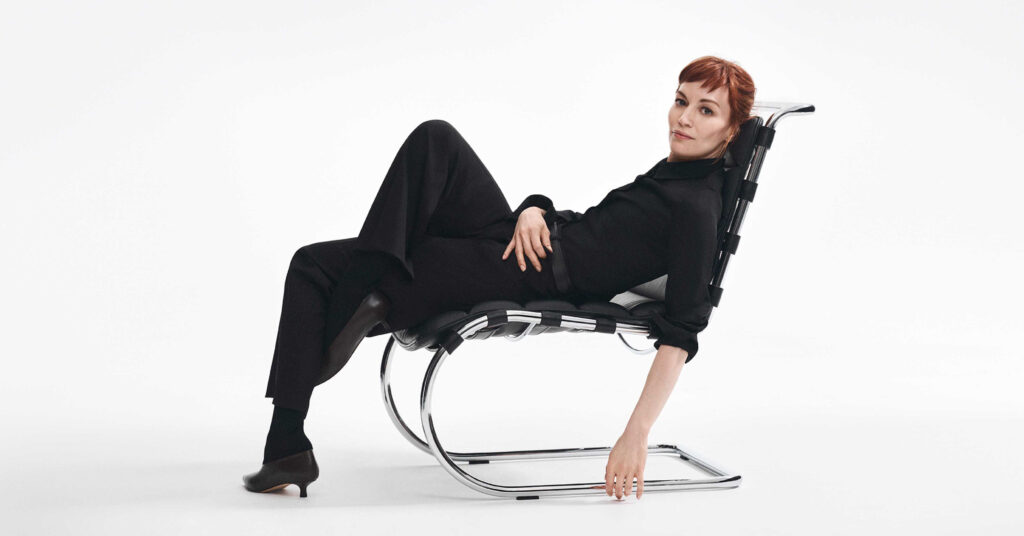
In a sea of established fashion brands, Theory does things a little differently. Its atelier isn’t tucked away in a semi-anonymous town in Europe, or scattered across American ZIP codes. The brand’s nerve center is only two blocks east of its New York flagship, towering over the city’s historically industrial Meatpacking District.
Dubbed the “Design and Innovation Center,” the 79,000-square-foot building houses every step of the garment-making process—a sprawling space for sartorial creativity that is becoming ever rarer in New York’s increasingly crowded landscape—and even played host to Theory’s fashion week presentation last February.
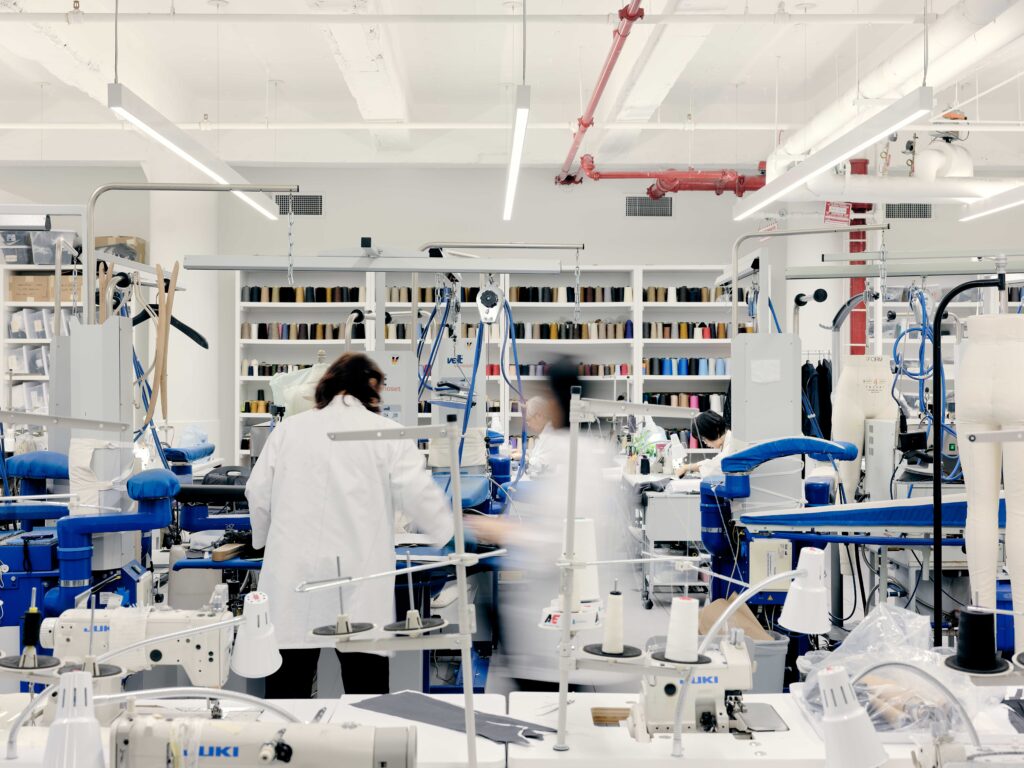
Inside the airy space, the 178-strong design team, led by menswear and womenswear heads Martin Andersson and Dushane Noble, goes about the business of making the timeless uniform that has become synonymous with the line. Recently, they’ve been at work on the fall collection, a series of garments featuring modular suiting and merino knits.
Fronting the “Made by NYC” campaign are the city’s own actor Britt Lower and American Ballet Theatre Principal Dancer Calvin Royal III. The latter is a particularly fitting model for the “Motion Wool and Motion Nylon” that defines the men’s offering, made to stretch in accordance with the wearer’s daily movements across town. “[Theory] understands the poetry and rhythm of New York,” said Royal. “The clothing moves with intention.”
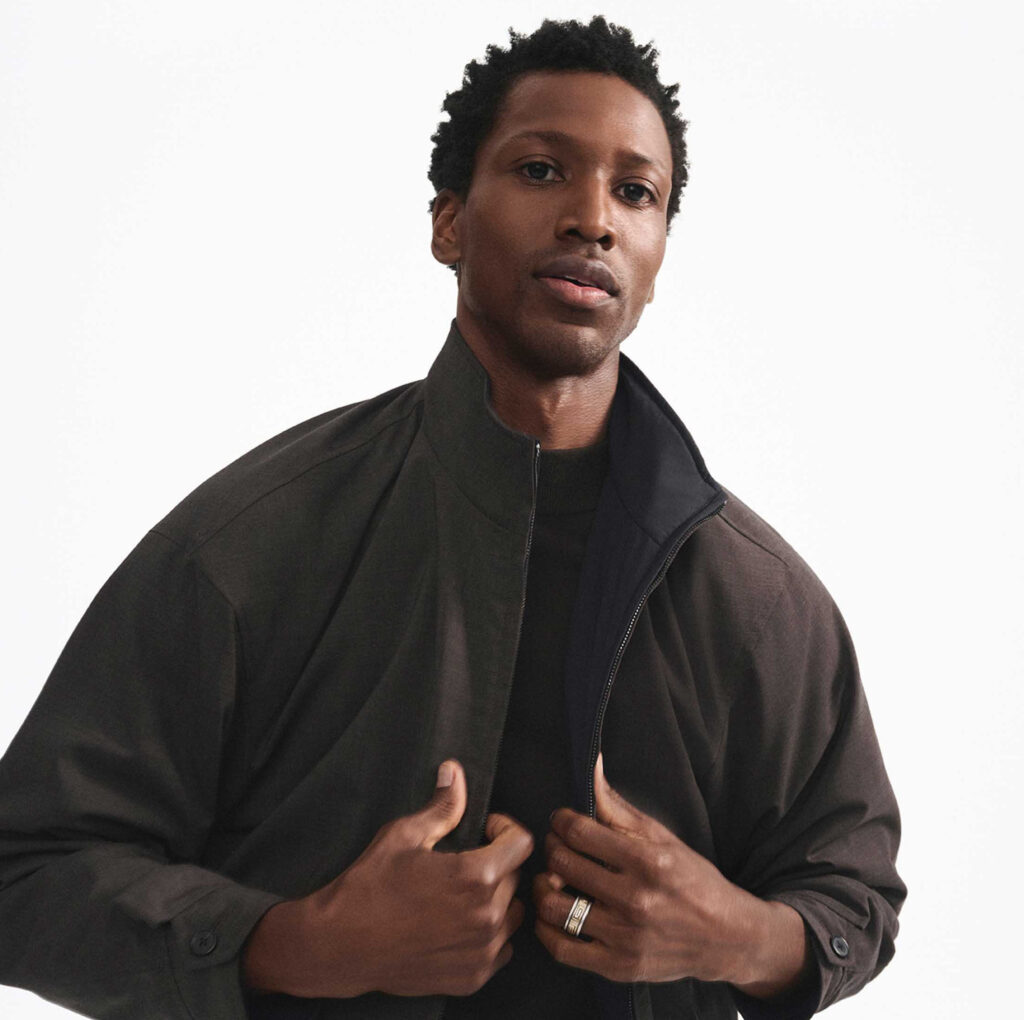
To achieve this specificity of function, those working in the Innovation Center are sent home with samples—to attend dinners, take meetings, hail a cab, see a show. Two or three rounds of testing are staged based on this feedback, all in service of the line’s main tentpole: fit, whether it be of the wearer, their lifestyle, or their environment.
Nearly 30 years in business have yielded one undeniable insight: This singularity of purpose is all the easier to achieve under a single roof.

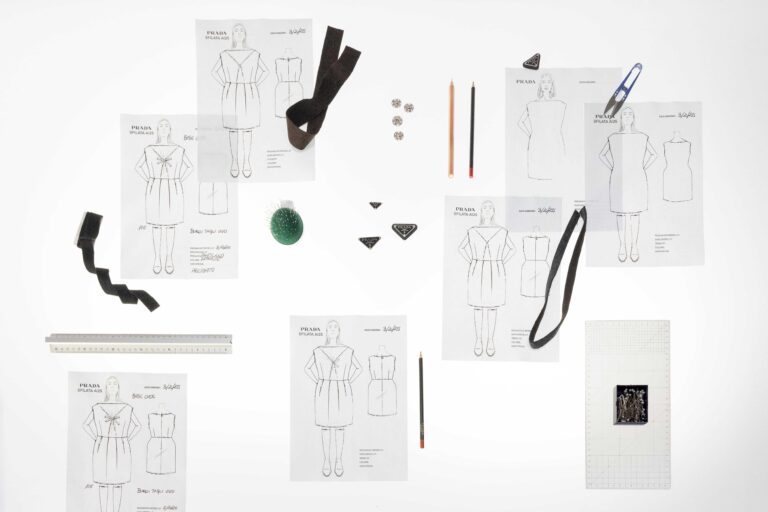


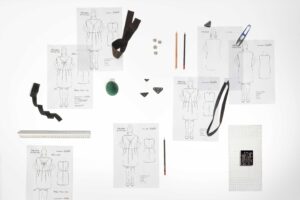





 in your life?
in your life?

